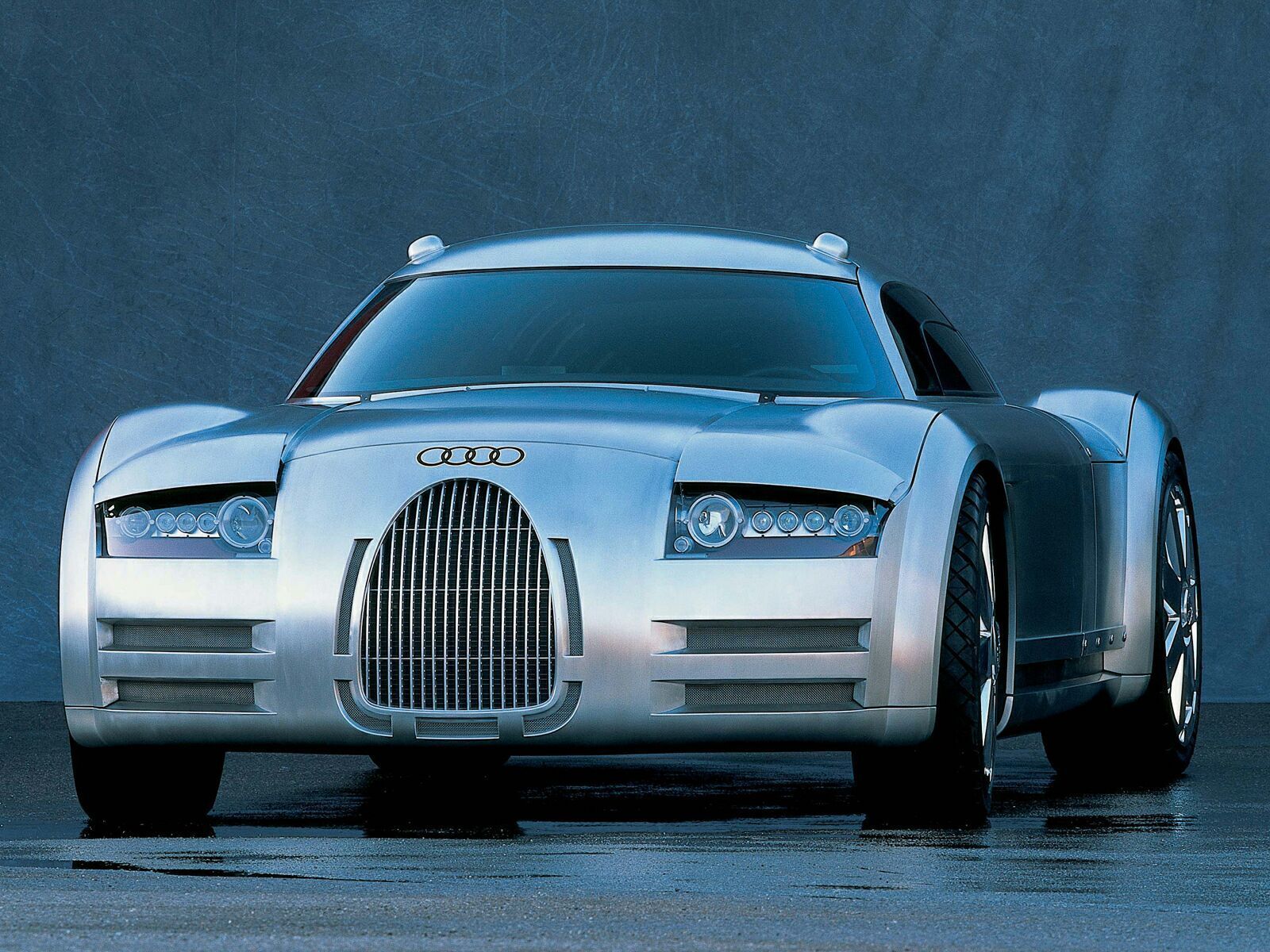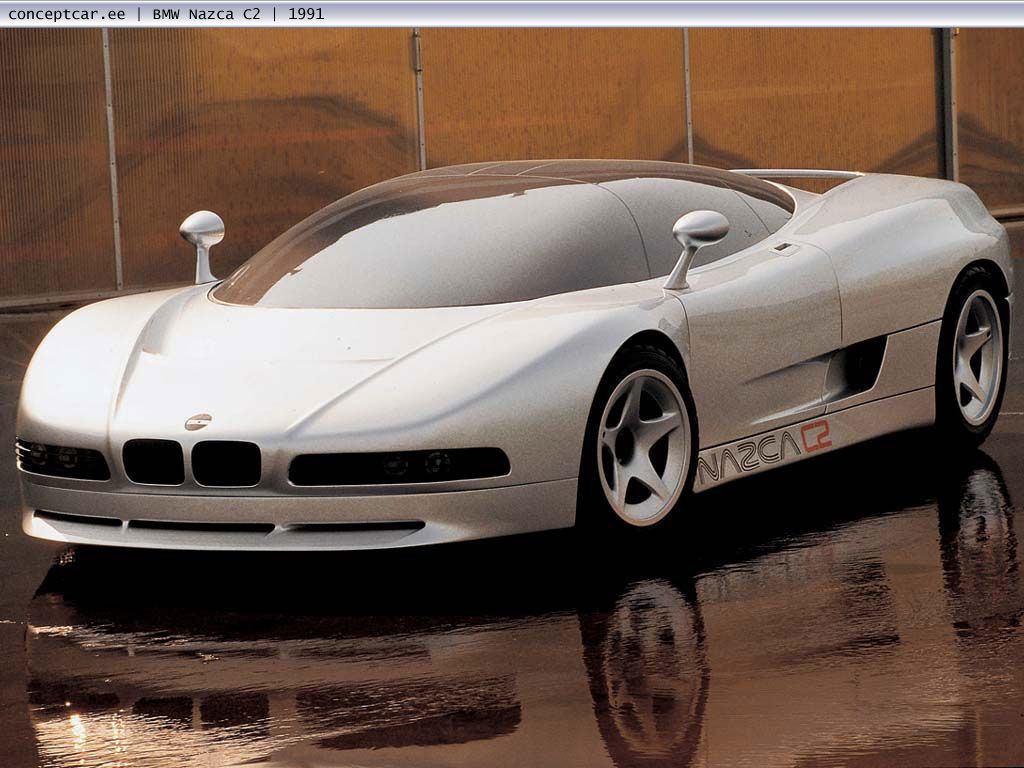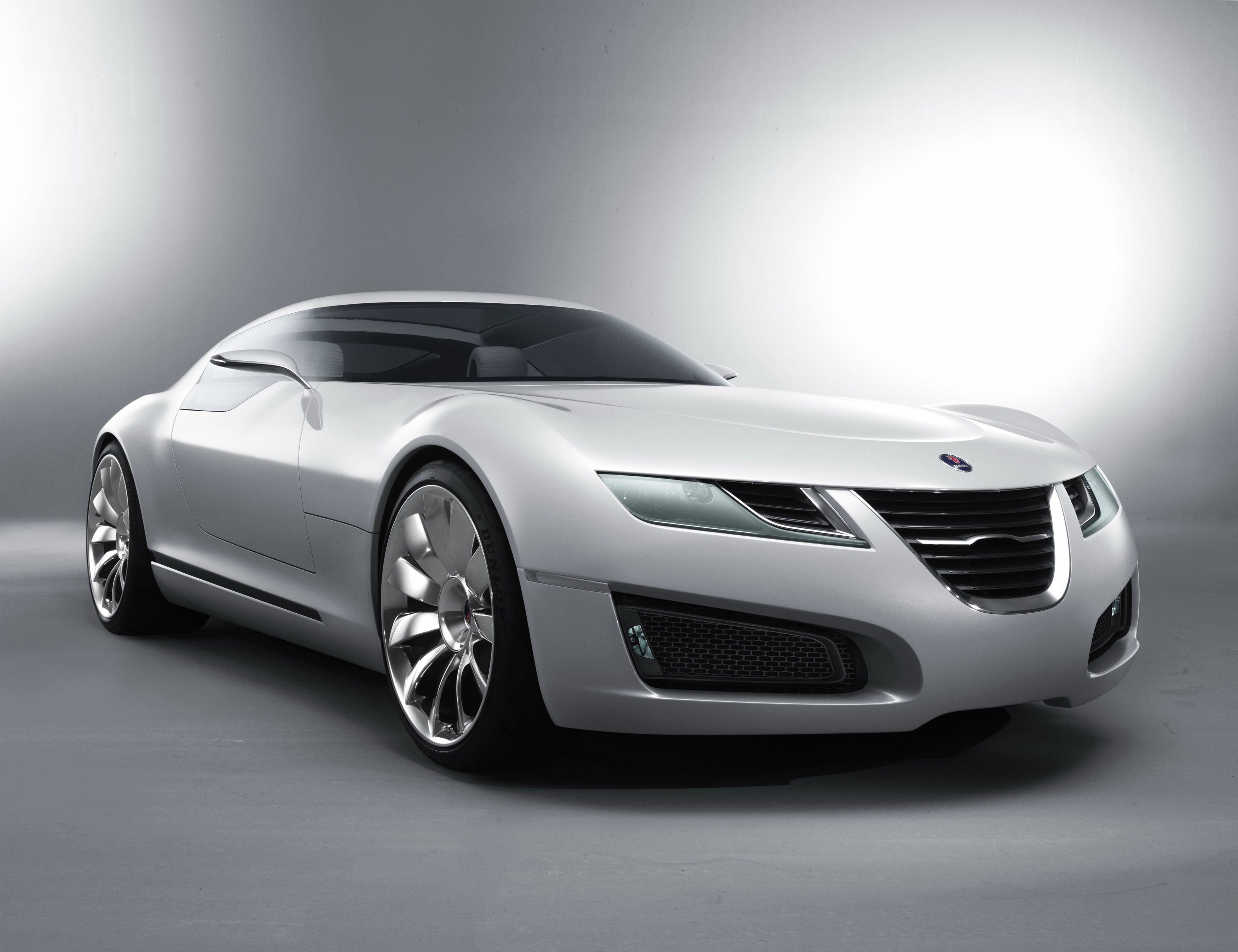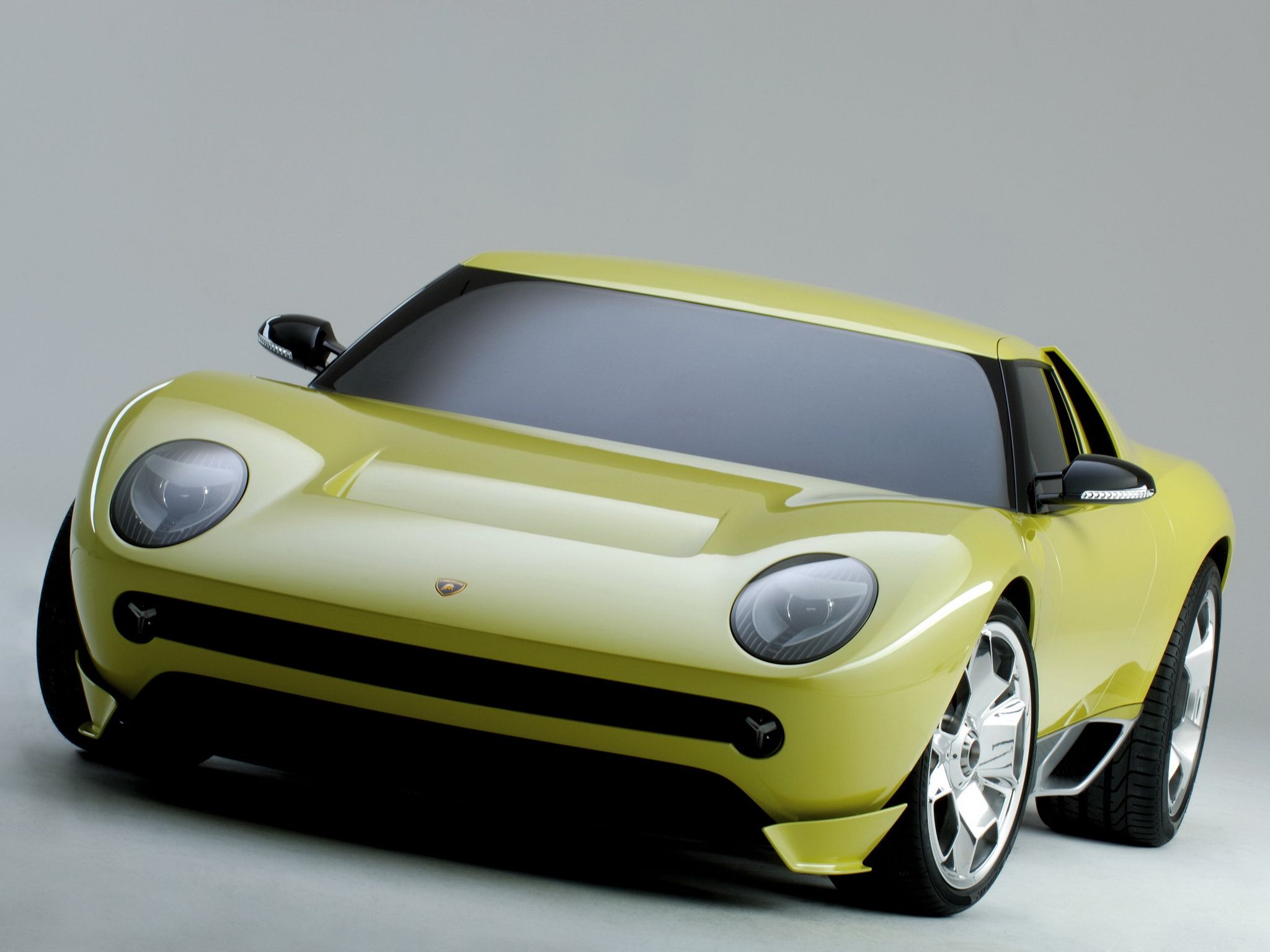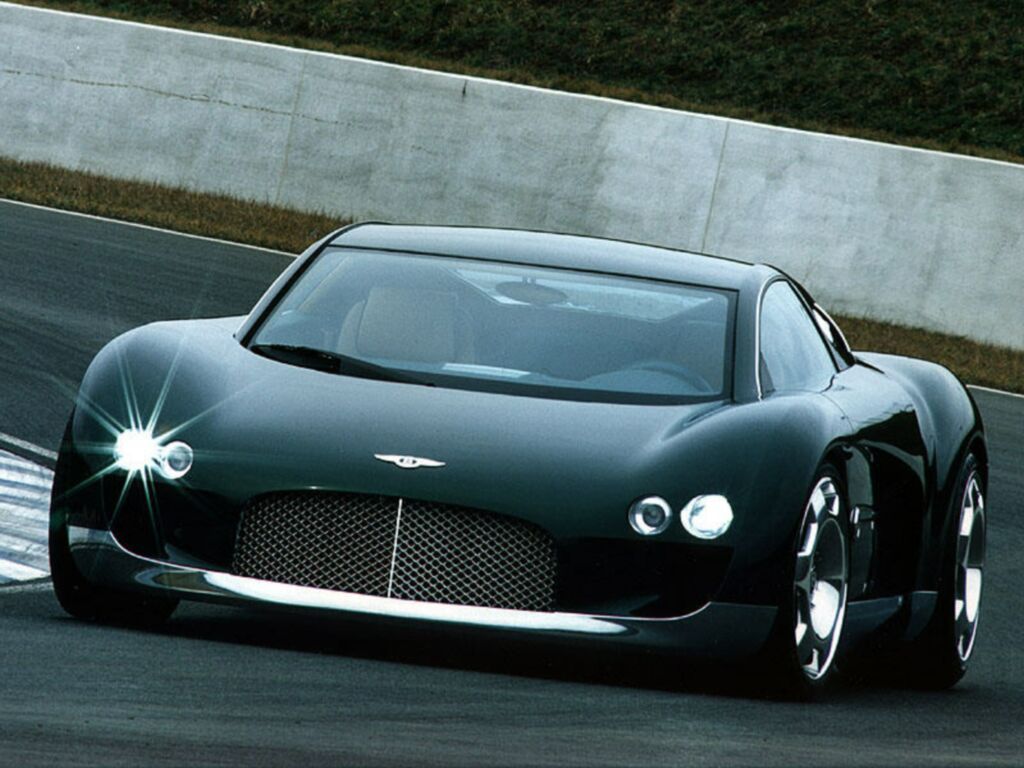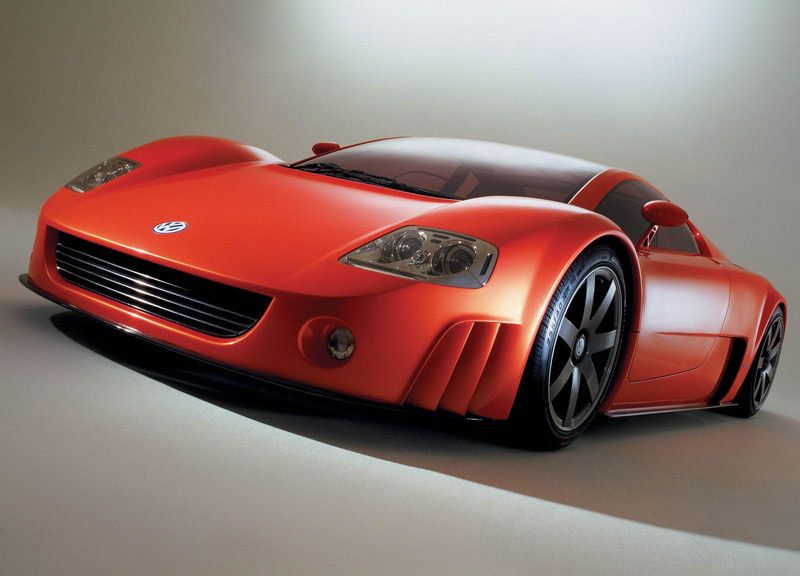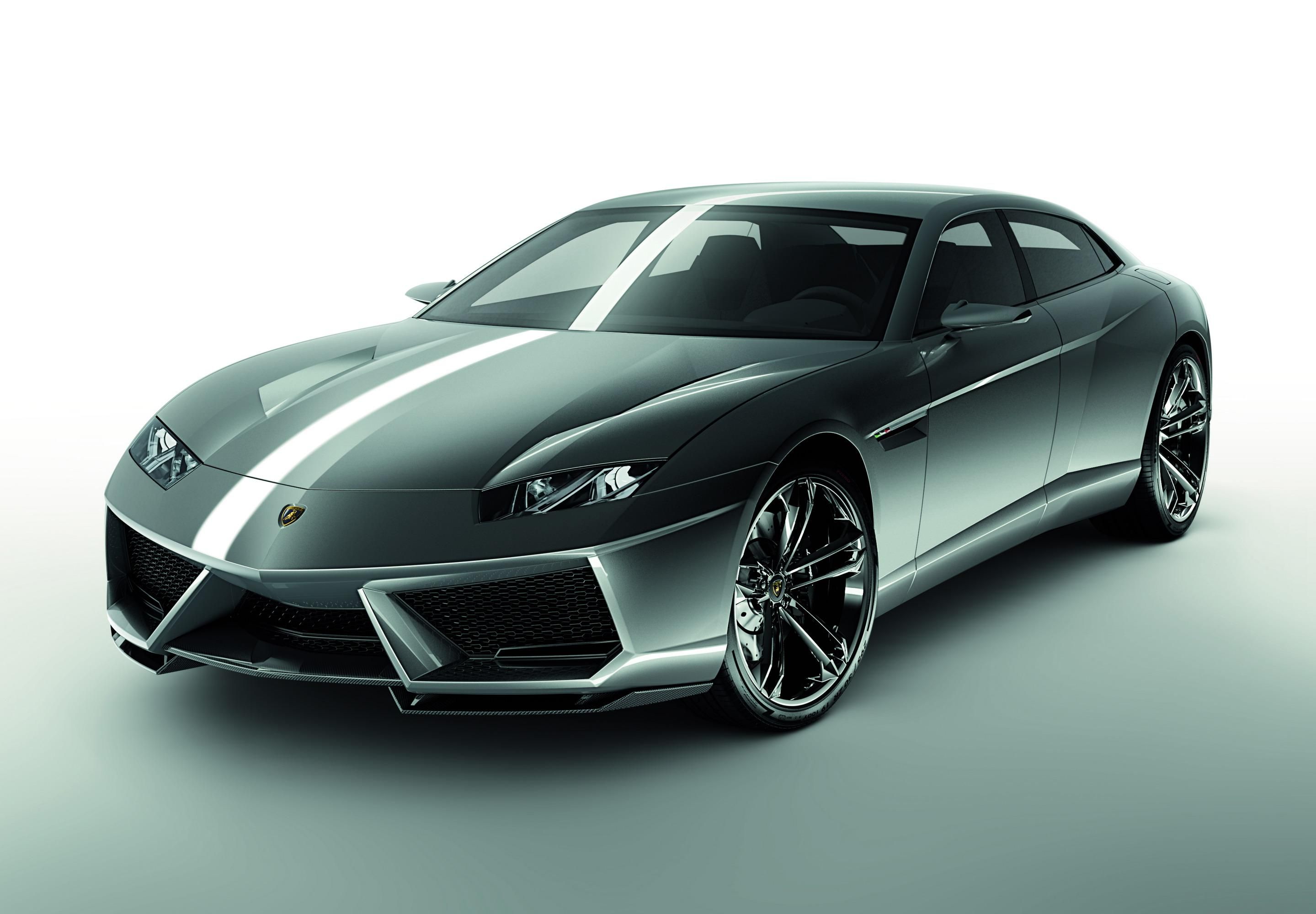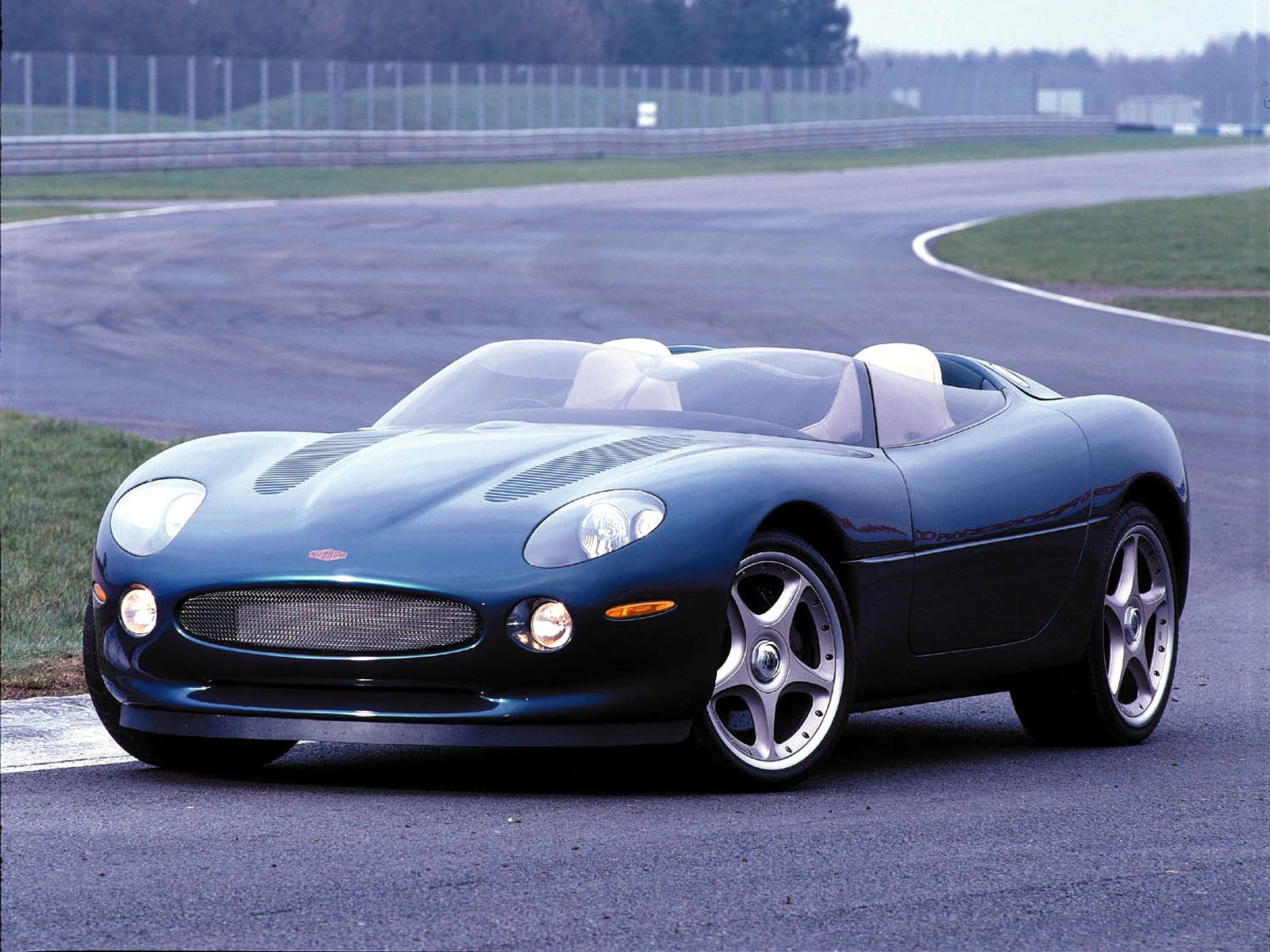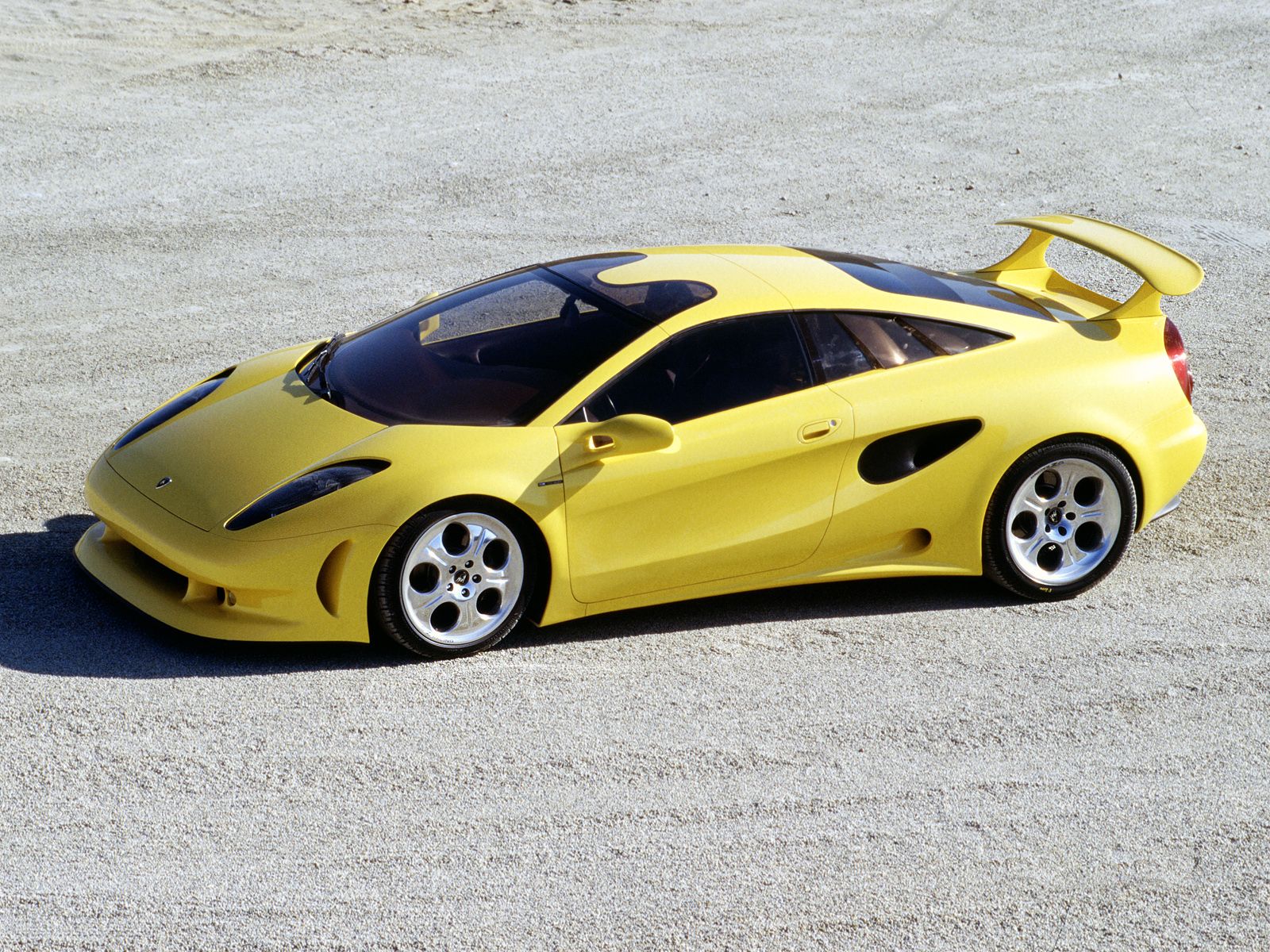The old continent is home to some of the oldest automotive manufacturers. Since the late 19th century, they’ve been churning out legendary vehicles, many of which have become the poster car of their era.
Mercedes 300 SL Gullwing, Lamborghini Miura, Ferrari F40, Porsche 911, Jaguar F-type, McLaren F1, and many others. Each of them has its own contribution to automotive culture. There are those, however, that never made it into production. Nevertheless, they are some of the most epic concepts from European manufacturers that, sadly, never saw the light of day.
BMW Nazca (1991)
In the 1980s and 1990s, BMW was making some pretty cool stuff. They gave us the E31 8 Series, the first M3 with an inline-six engine, and supplied the engine for what was the fastest production car for more than a decade – the McLaren F1.
The M12 was the first incarnation of the Nazca. It used the same 5.0-liter V-12 used in the 850i E31, with 296 horsepower and 332 pound-feet (450 Nm). Although it doesn’t sound like much, it still managed a 0-60 mph time of around 5.0 seconds. The later version was called the C2 and had a bigger 5.6-liter V-12 engine, which made 380 horsepower and 406 pound-feet (550 Nm). The 0 to 60 mph sprint took around 4.5 seconds.
Read our full review on the BMW Nazca
SAAB Aero-X (2006)
It’s one of those unexpected entries. A few years before the Swedish brand went bankrupt, they surprised us with a dedicated sports car.
This meant the whole mid-section of the vehicle would open for easier access. Had they made a production version, it would have probably had traditional doors. We do know what the engine was though – a 2.8-liter twin-turbo V-6. The unit was able to run on methanol and produced 400 horsepower. Power went to all four wheels, which meant the carbon-fiber sports car could do the 0 to 62 mph (100km/h) sprint in 4.9 seconds on its way to 158 mph (255 km/h).
Read our full review on the SAAB Aero-X
Jaguar C-X75 (2010)
After the XJ-220, which held the speed record for a brief time, Jaguar decided to try again with a new supercar. Enter the C-X75. A total of six cars were built – one concept and five test prototypes.
Combined, the system produced 778 horsepower and 1,180 pound-feet (1,600 Nm). The test cars had a different drivetrain, which consisted of a high-revving 1.6-liter twin-charged engine and two electric motors. The system produced a total of 890 horsepower. Power went to all four wheels through a 7-speed automated manual. The 0 to 60 mph sprint was said to be in 2.9 seconds on its way to 205 mph (330 km/h). Williams F1 was supposed to help with the production of 250 units, but due to the crisis, the project was canceled.
Read our full review on the Jaguar C-X75
Lamborghini Miura (2006)
In 2006, the Italdesign studio decided to recreate one of the most iconic cars ever made – the Miura.
Although no performance data was available, we can agree it wasn’t going to be a slow car. Sadly, the rather conservative approach of the parent company meant that we would not be witnessing the birth of a new Miura. Because of this, the 2006 Miura concept is regarded as one of the biggest missed opportunities. Even if they had decided to adapt the Murcielago platform to accommodate a transversely-mounted V-12 it would have still been feasible, since the small numbers would make it an instant collector’s car.
Bentley Hunaudieres (1999)
It’s not surprising if this imposing 1990s concept reminds you of the Bugatti Veyron. This super Bentley shares not only the proportions and interior design of the Veyron, but also its engine. It has a normally-aspirated version of the same 8.0-liter W16 used in the former record-holder.
Power went to all four wheels through a five-speed manual gearbox. Just like the Mulsanne, the Hunaudieres was named after one of the long straights of the LeMans circuit. The top speed was said to be 217 mph (350 km/h).
Read our full review on the Bentley Hunaudieres
BMW M1 Hommage (2008)
We all know that every now and then, BMW likes to give us modern versions of some of its old, legendary models. This is where the 2008 M1 Hommage comes in. The original 1978 BMW M1 (E26) was built for homologation purposes. Later, a version of its 3.5-liter inline-six was used in the E30 M3, but with two of the cylinders chopped off.
Not much is known about this 1970s-inspired Bavarian, including what engine it had, but had it made it into production it probably would have had a version of the 3.0-liter turbocharged inline-six.
Read our full review on the BMW M1 Hommage
Peugeot Onyx (2012)
Although Peugeot’s lineup consists of mostly inexpensive, quirky, and often boring compact vehicles, occasionally they are giving us some pretty epic stuff. The 2021 Onyx is a perfect example.
Although the car looks stunning, it’s under the body where things get truly epic. The Onyx was essentially a Peugeot 908 HDI LeMans car. This meant a hybrid powertrain consisting of an electric motor and a 3.7-liter V8 turbodiesel and a combined power of 680 horsepower. Torque was expected to be north of 800 pound-feet (1,084 Nm). The sprint to 62 mph (100 km/h) happened in 2.9 seconds on its way to 224 mph (360 km/h).
Read our full review on the Peugeot Onyx
Volkswagen W12 Nardo (2001)
The Nardo came out as proof that Volkswagen can build big reliable high-performance engines. What better way to showcase this than to build a mid-engine supercar. Earlier versions were introduced in 1997 and featured a 5.6-liter W12 with 420 horsepower.
Two body types – Syncro (coupe) and Roadster were introduced. In 2001 came the Nardo. It featured a bigger 6.0-liter W12 with 600 horsepower and 458 pound-feet (621 Nm). The Nardo achieved the 0 to 62 mph sprint in 3.5 seconds on its way to 222 mph (357 km/h). Power went to all four wheels.
Read our full review on the Volkswagen W12 Nardo
Lamborghini Estoque (2008)
In the late 2000s, the super-saloons market was as crazy as the SUV market today. Back then everyone wanted a piece of it: Porsche brought out the Panamera, Aston Martin had the Rapide, and Maserati came up with the Quattroporte. In 2008, Lamborghini had the chance to give them all a run for their money. And yet, a decade later, they made the Urus.
Power would go to all four wheels through a seven-speed dual-clutch automatic. Had they proceeded with the production, it would have had a price of $230,000. The only existing prototype can be seen in the Lamborghini museum in Sant’Agata Bolognese, Italy, where it shares a scene with the 2006 Miura.
Read our full review on the Lamborghini Estoque
Jaguar XK-180 (1998)
The aim of the XK-180 was to showcase Jaguar’s future technology. It was also an homage to the C and D-type race cars.
The 0 to 60 mph time was around 4.3 seconds. Power went to the rear through a five-speed manual. Although only two prototypes were ever built, it made such an impression that companies started making replicas based on the XJS or XK. Even they caught prices of over $180,000.
Audi Rosemeyer (2000)
Rosemeyer’s goal was to show us what a modern-day recreation of the 1930s Silver arrow might look like. It screamed racing heritage from every angle, as it featured many design cues from the 1936 Auto Union Type C. Of course, it featured an equally impressive engine. Just like in the Bentley Hunaudieres, introduced one year prior, it featured a normally-aspirated version of the 8.0-liter W-16.
Only here it made 700 horsepower. The torque was still the same 561 pound-feet (760 Nm) figure. Those numbers were handled by the Quattro all-wheel-drive system through a six-speed manual. The top speed was 217 mph (350 km/h).
Read our full review on the Audi Rosemeyer
Lamborghini Italdesign Cala (1995)
Lamborghini seems to be making a habit of missing out on great opportunities, even before coming under Audi’s ownership. This 1990s Giugiaro-designed raging bull was supposed to be the successor to the Lamborghini Jalpa.
At just 173 inches (4,390 mm) long, it isn’t bigger than most modern hatchbacks. The engine was a 4.0-liter V-10, producing 395 horsepower. This was enough for a 0-62 mph (100 km/h) time of around 4.5 seconds, on its way to 181 mph (291 km/h). Production never went beyond the one fully-functioning prototype.
Maserati Birdcage 75th (2005)
Another concept inspired by the past. This 2005 Pininfarina-designed hypercar was meant to be the spiritual successor to a spiritual successor to the 1959 Maserati Tipo 61 nicknamed “Birdcage”.
Despite that, you can clearly see the inspiration by the visible tube-frame chassis elements in the interior, which is a throwback to the classic. The modern reincarnation was based on the Maserati MC-12, which in turn was based on the Ferrari Enzo. It used the same 6.0-liter Ferrari V-12, only here, it was tuned for 700 horsepower.
Read our full review on the Maserati Birdcage 75th

